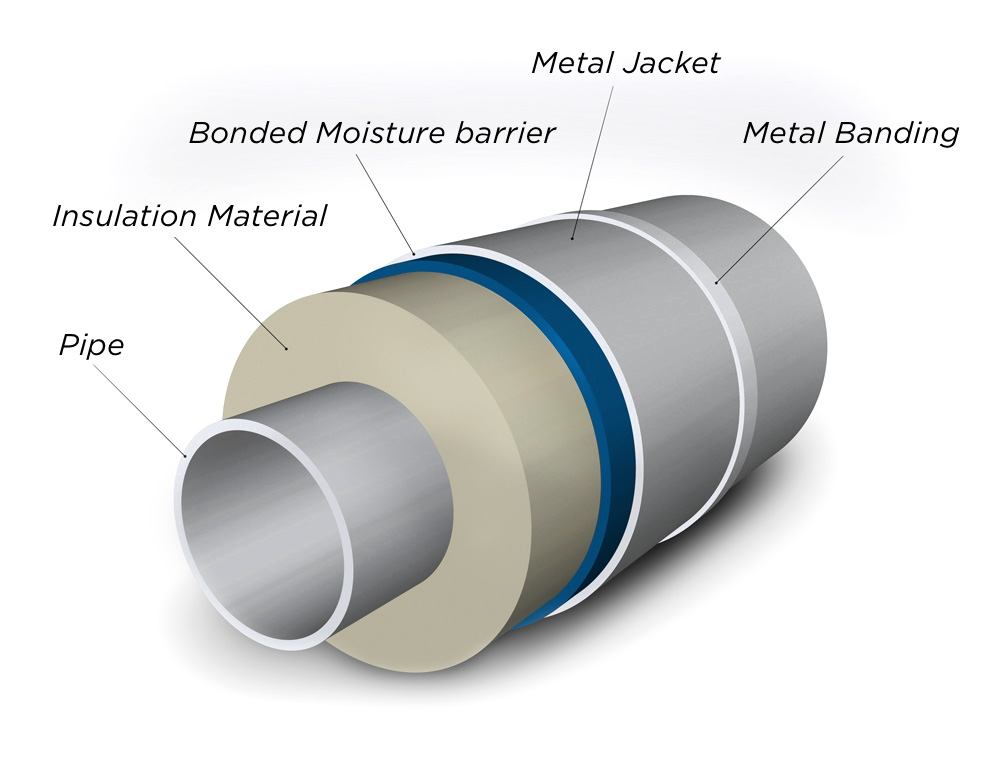Synthesised Gas and the Role of the Moisture Barrier
Gas in many forms, particularly LNG, is an extremely effective fuel source and the extraction, processing, transport and storage of such gases is an industry in itself, employing many thousands of people around the world. To these four aspects we can now add a fifth: synthesis.
 Synthesis gas, more commonly referred to simply as Syngas, is a mixture of carbon monoxide & dioxide with hydrogen. It has around half of the energy density compared to natural gas and, though it cannot be directly burned, it is used as fuel source. Syngas is also used in processes designed to produce other useful chemicals.
Synthesis gas, more commonly referred to simply as Syngas, is a mixture of carbon monoxide & dioxide with hydrogen. It has around half of the energy density compared to natural gas and, though it cannot be directly burned, it is used as fuel source. Syngas is also used in processes designed to produce other useful chemicals.
How is Syngas created?
Syngas is created by a process of gasification upon materials which would otherwise be disposed of as municipal waste, such as coal emissions. The carbon in this material is made to combine with water or oxygen, giving rise to the potent mixture which, when further combined with methane, creates such chemicals and industry products as ammonia, fertilisers and synthetic petroleum for lubrication.
The materials are prepared into a feedstock which enters a gasifying machine in either slurry or dry form. Once shut safely inside, the feedstock is subjected to high pressure and temperature while being simultaneously deprived of oxygen. When prepared in this way, Syngas contains small amounts of methane.
How is safety ensured?
In terms of the machinery, synthesising gas in this way demands components that can withstand high temperatures, the most important of these being the insulation that is directly jacketed with aluminium, in most circumstances. Though this metal helps protect from external corrosive attack, it does nothing for the inside and so a 3-layer system (comprising Surlyn and High/Low Density Polyethylenes) known as a moisture barrier is installed too.
The moisture barrier, which has low vapour transmission rates, is extremely durable, bonds easily and strongly to the metal substrate, has low flammability, is particularly easy to fabricate and has almost no pinholes for moisture to get to the metal jacket and cause corrosion. These are the benefits, but installing such a 3-layer system does it mean 3-times the cost, no not if you use our factory bonded solution; DryMet.
Designed to incorporate all of the above features and more into a single material, Drymet represents nothing less than a revolution in metal jacketing and insulation systems and so is ideally placed to facilitate the production of Syngas which, as traditional power resources diminish, looks set to grow in importance in coming years.